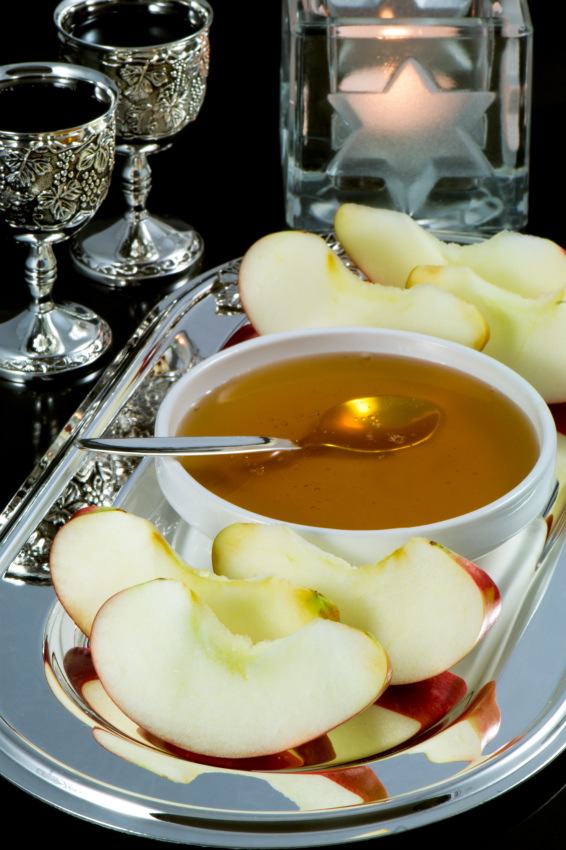 Happy New Year and l'shana tova to all those who celebrate. If still deciding what to make, why not try my "Tamarind Brisket" and my "Almost Confit Chicken." May it be a sweet year for everyone.
Tamarind Brisket with Spring Shallots and Tiny Potatoes
Ask your butcher for the “first cut” and make sure to leave some of the fat on the brisket for best results.
Happy New Year and l'shana tova to all those who celebrate. If still deciding what to make, why not try my "Tamarind Brisket" and my "Almost Confit Chicken." May it be a sweet year for everyone.
Tamarind Brisket with Spring Shallots and Tiny Potatoes
Ask your butcher for the “first cut” and make sure to leave some of the fat on the brisket for best results.
Note: You may cook 2 or 3 potatoes per person (there is a lot of food so you may only want to do 2.)
5 pound boneless beef brisket ¼ cup olive oil 2 pounds peeled onions 1/4 cup tamarind concentrate* 2 cups orange juice 2 cups tomato puree 2 cups beef broth 4 large cloves garlic scant 1/2 teaspoon ground cloves 12 large shallots, (about 12 ounces), peeled and halved lengthwise 1 or 1-1/2 pounds tiny round thin-skinned potatoes (16 or 24), scrubbed not peeled
Preheat oven to 300 degrees.
In a very large enamel casserole with cover, put 2 tablespoon oil. Season meat with salt and pepper and brown over high heat, about 4 minutes per side. Remove meat.
Cut onions in half through stem end. Put cut side down on board and slice very thin. Add 2 tbsp. oil to pot and add onions. Cook over medium-high heat for 10 minutes, stirring frequently, until softened and golden brown. Return beef to pot and put on top of onions.
Put tamarind in a bowl. Whisk in orange juice, tomato puree, and beef broth. Push garlic through a garlic press and whisk into mixture. Add 1/2 teaspoon salt and freshly ground black pepper. Pour mixture over brisket.
Bake 1 hour, covered. Turn brisket over, cover and bake 1 hour longer. Add potatoes and shallots. Bake 1 hour longer.
Transfer brisket to cutting board. Let cool 15 minutes. Thinly cut across the grain and reassemble slices to original form. Transfer back to pot. Spoon liquid over meat and cover pot. Cook 30 minutes longer until very tender. Add salt to taste. Serves 8
*Available in Indian food stores and Middle Eastern markets. It comes in small plastic jars and is called concentrate of tamarind.
 “Almost Confit” Chicken with Melted Garlic
“Almost Confit” Chicken with Melted Garlic
8 large bone-in chicken thighs, 8 ounces each 14 large garlic cloves, peeled 1-1/2 tablespoons fresh thyme leaves, plus sprigs for garnish 6 fresh bay leaves 1/2 teaspoon ground allspice 1/4 teaspoon freshly ground white pepper freshly ground nutmeg
Preheat the oven to 300 degrees. Put the chicken in a large bowl. Press 2 garlic cloves through a press and rub into the chicken. Add the thyme leaves, bay leaves, allspice, white pepper, and 1-1/2 teaspoons salt. Grate some nutmeg over the chicken and toss. Place the chicken in a roasting pan, skin side down. (I use an enamel paella pan.) Cover the pan tightly with foil and bake 45 minutes. Turn the chicken skin side up and scatter the remaining garlic cloves around. Re-cover and bake 1 hour longer. Turn on the broiler. Uncover the chicken and broil several inches from the heat for 5 to 10 minutes, until the skin is crispy. Discard the bay leaves and garnish with thyme sprigs. Serves 4
And check out the food maven's website for a good honey cake recipe.



